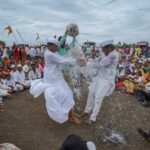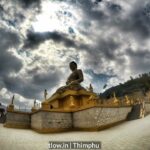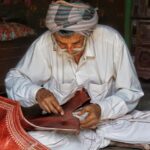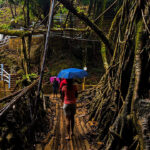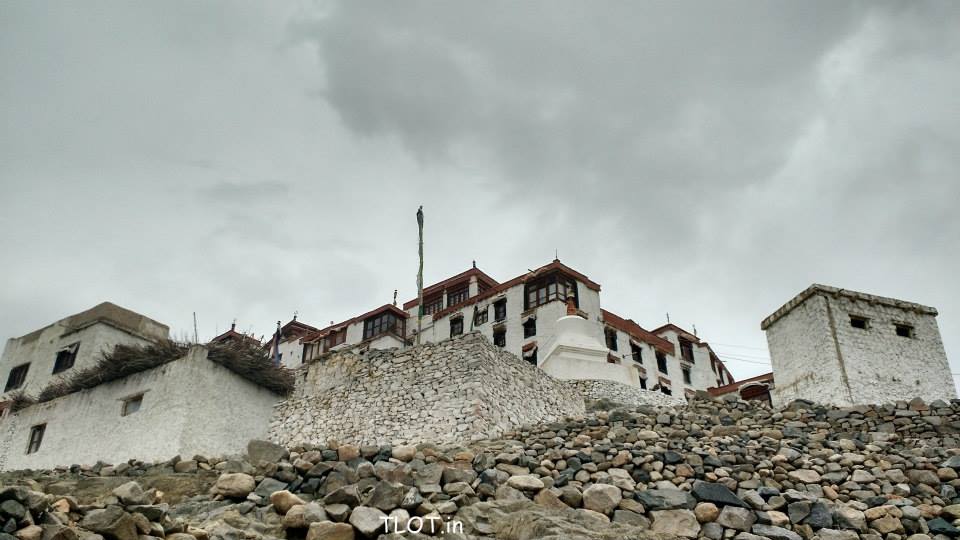
The 15th Century Buddhist Village: Likir, Jammu & Kashmir
Located around 52km west of the town of Leh in the Ladakh sub-division of the Trans-Himalayan state of Jammu & Kashmir is the holy village of Likir, which houses a Gompa by the very same name. The village of Likir is situated at an altitude of around 11,483 feet above sea level.
Likir
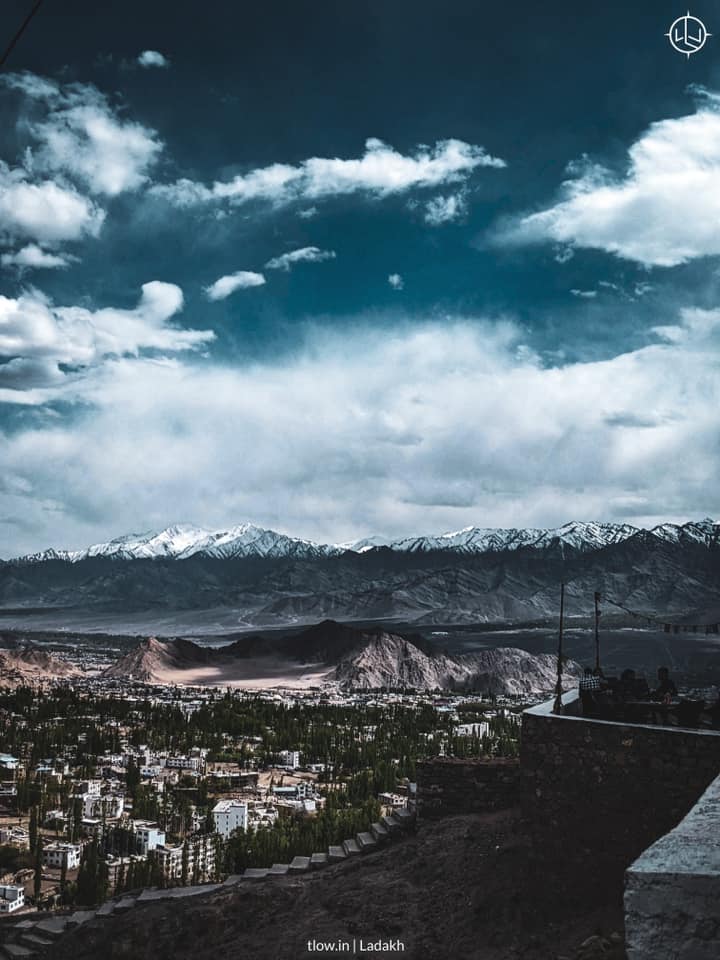
There are two options of getting to Likir, one is to hire a taxi from Leh and the second option is to take the government bus or the private mini bus to Likir from the town of Leh. The buses are generally very unreliable and always over crowded since the frequency is very poor.
The village of Likir is set on an isolated ridge, a few kilometers north of the village Saspol which is located on the Leh–Srinagar Road. The road approaching the Gompa makes a wide semi-circle around its base, affording beautiful views of the monastery and the giant golden coloured Lord Buddha statue from different vantage points.
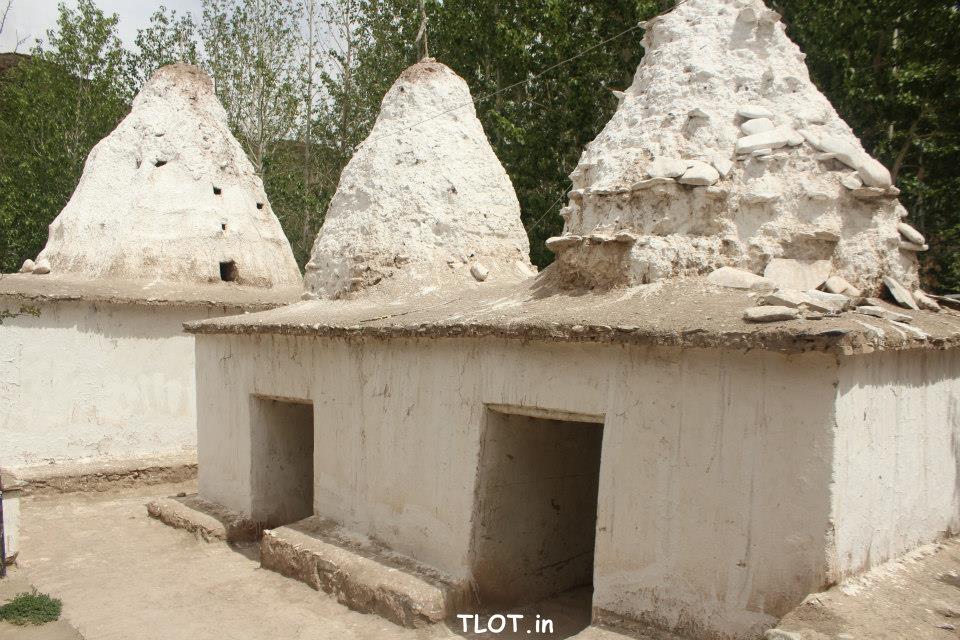
Likir was established around the 15th century and early in its history, became responsible for the oversight of the famous Alchi Gompa, to which it has posted lamas up to the present day. Likir belongs to the yellow-hat sect and currently houses about 120 lamas.
After climbing up to Likir’s central courtyard, immediately on the right is the main Dukhang or assembly hall. The entrance verandah is painted with the Guardians of the Four Directions on either side of the entry door. On the right verandah wall is a Wheel of Life mandala held by Yama, the divinity that decides a person’s future fate after death. Entering the main Dukhang, there are six rows of seats for the lamas. This is where the day’s prayers take place and also where the lamas take their meals. Numerous thankhas hang from the columns and walls in the Dukhang. At the front on the left are two large chortens.
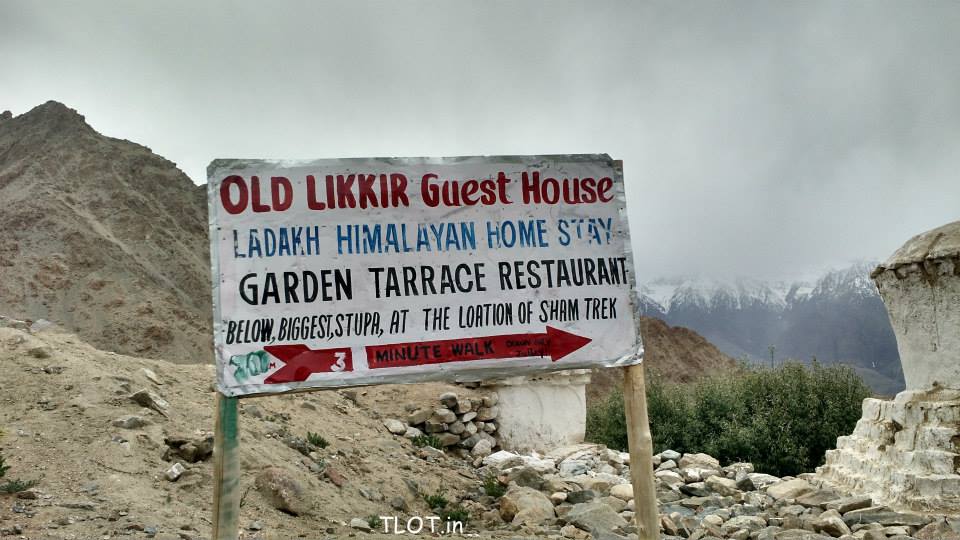
Inside the chorten, on the left is a statue of Avalokitesvara, a Bodhisattva whose name means ‘Lord of All He Surveys’, believed to be reincarnated in the Dalai Lama. The chorten on the right contains a statue of Amitabha the Buddha of the West. In the centre at the front of the hall are three large statues: in the left and central position are statues of Sakyamuni (the Historical Buddha) and to the right is Maitreya (the Future Buddha or Buddha of Compassion).
To the right of this are statues of Tsong-kha-pa (founder of the yellow-hat sect who lived from 1357 to 1419 AD) with his two disciples. The throne seat in the centre of the hall is reserved for the head lama of Likir and visiting head lamas from other gompas.
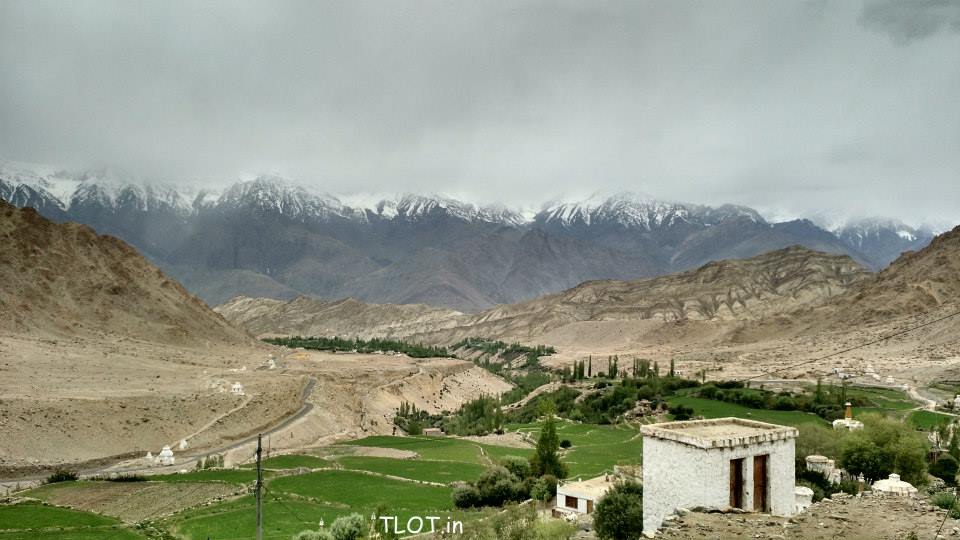
The walls on both sides of the Dukhang are lined with glass-fronted bookcases containing the Kandshur (the 108 volumes of the Buddha’s teachings) and the Tandshur (the 225-volume commentary on the Kandshur). The entrance walls are painted with various guardian divinities. Near the entrance, one can see two large, rolled-up thankhas hanging from the beams which are displayed only during the winter festival. One depicts Sakyamuni and the other Likir’s guardian divinity. Likir’s head lama, a younger brother of the Dalai Lama, has married (against the rule of the sect) and is permanently absent from the Gompa.
Just below the Likir Monastery complex are a few white colour stone houses which are scattered all over the slope. Each house has a shed for the their domesticated animals and a few meters of grazing land.
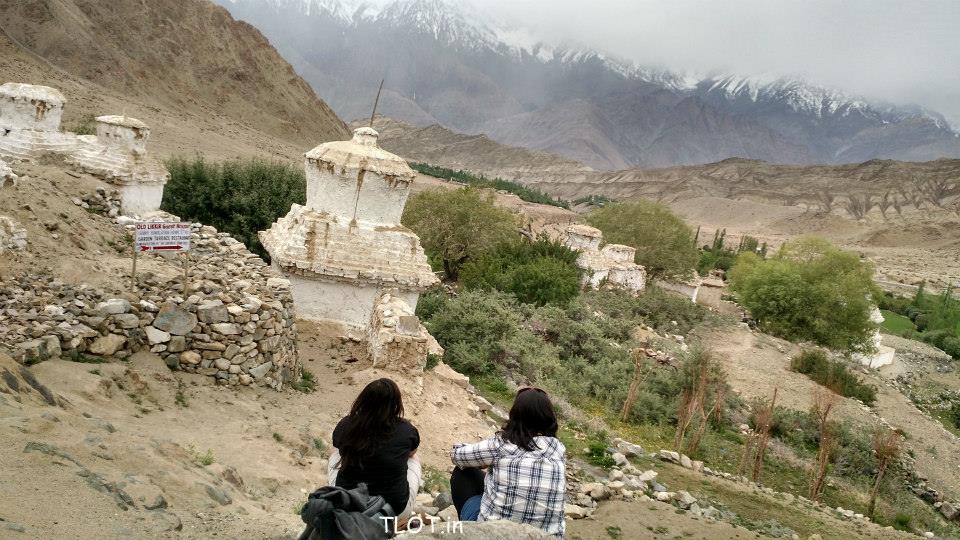
The village of Likir has a couple of home stays which provide very basic accommodation facilities. The rooms have just a mattress on the floor and the washroom is the traditional hole in the ground. There are no restaurants in the village of Likir other than the monastery run eatery. The home stays serve food at a very nominal cost.
Likir is a must-visit for those who are interested in Buddhism as the monastery has a lot of information about the history of the religion and its various sects.
For a similar experience, >>Click here



